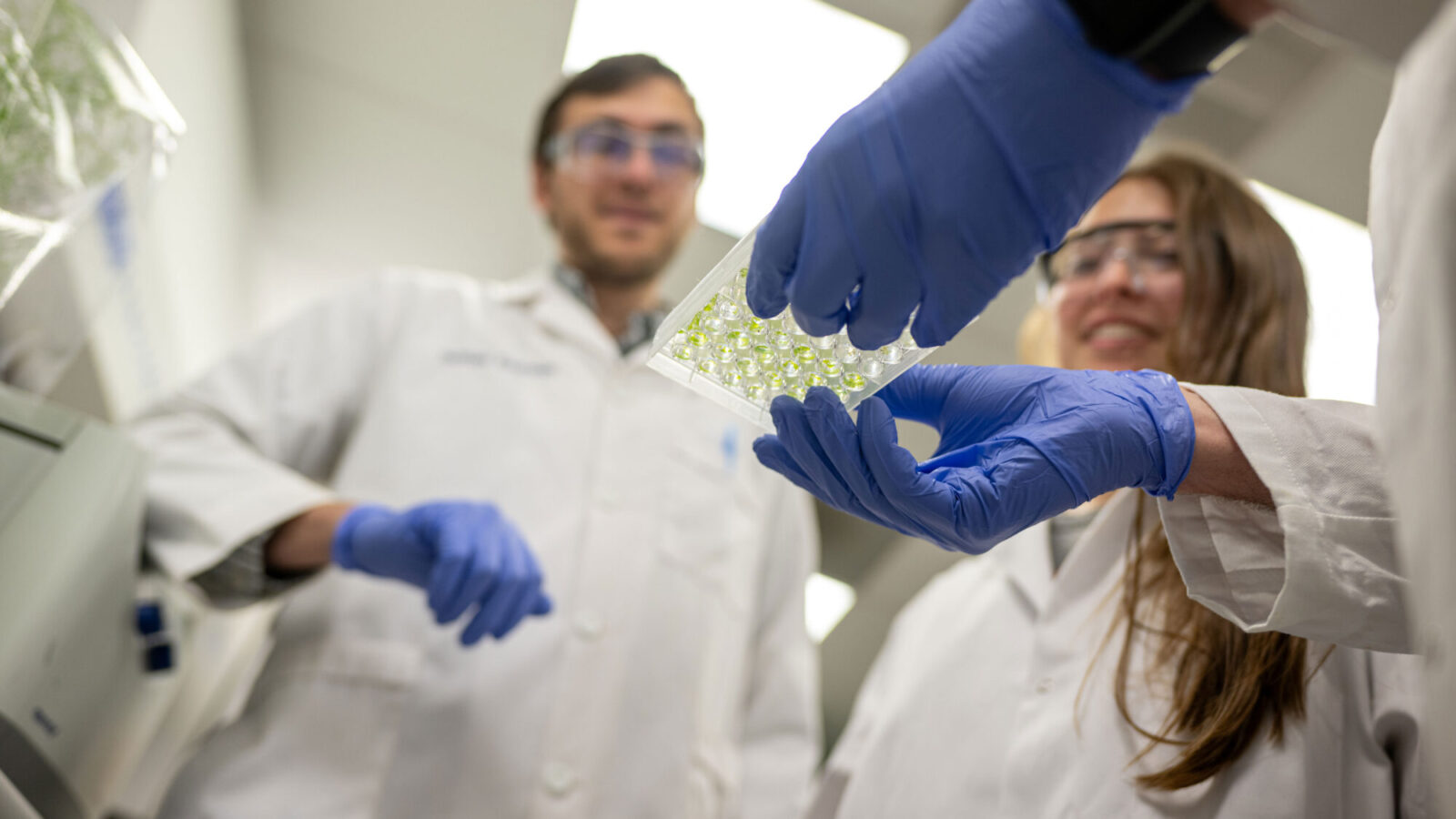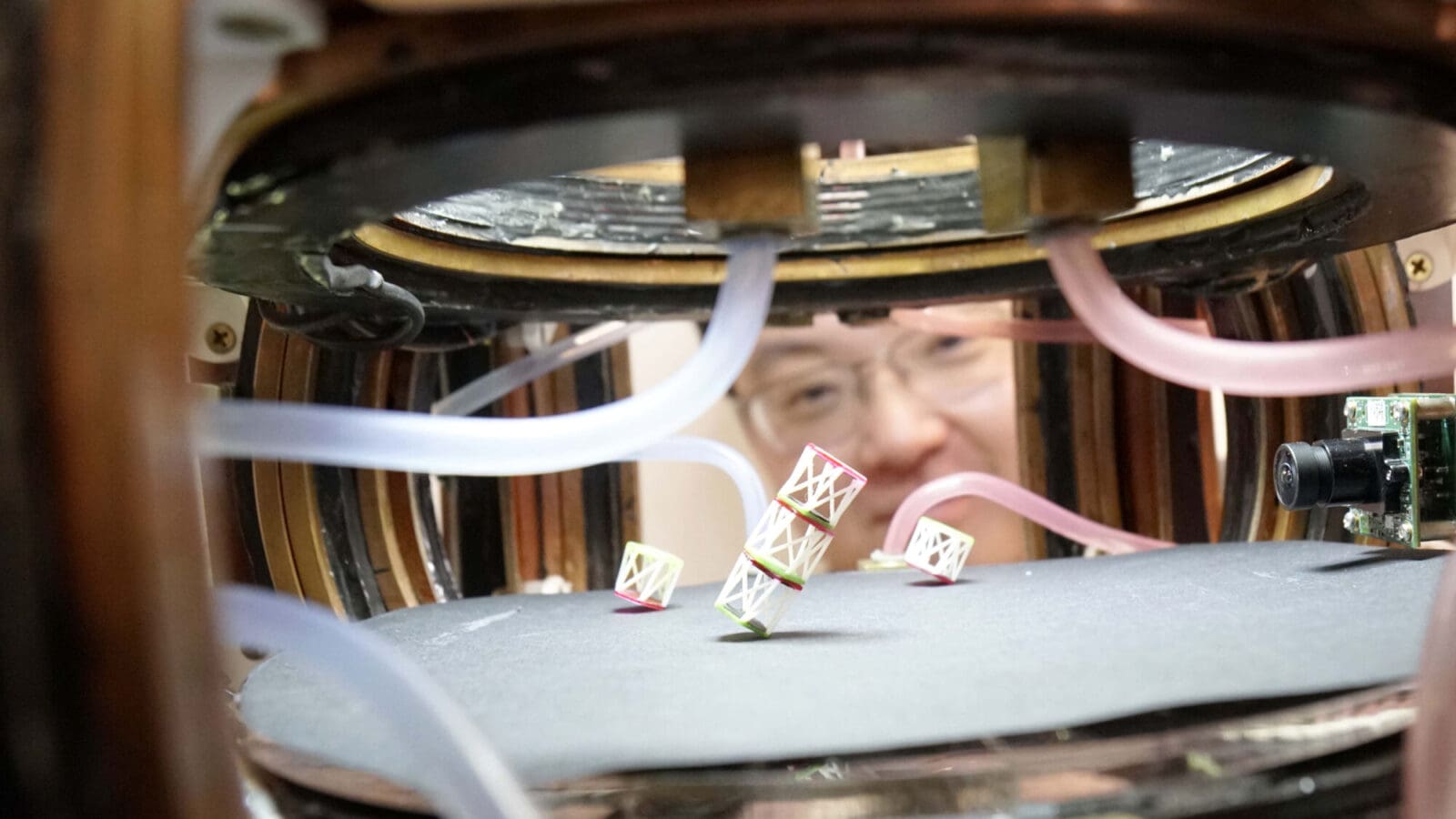Student study casts light on deadly immune response
By
on

It was the near-death experiences of six men who volunteered to test an experimental drug that caught the attention of Hao Hong Yiu.
The chemical engineering major was taking a course on the other side of campus, in the Department of Ecology and Evolutionary Biology, where Assistant Professor Andrea Graham was teaching an immunology class. Graham told the class about a clinical trial gone bad – six healthy men checked into a London hospital to test the safety of a drug it was hoped would treat leukemia, but suffered near-fatal immune reactions after a single dose.
Yiu saw an opportunity to extend the classroom discussion of the incident to an independent research project. He sought out engineering faculty member Robert Stengel (Ph.D. ’68), professor of mechanical and aerospace engineering, to help guide his mathematical analysis.
Stengel and Graham had not previously met, but Yiu and the two faculty members began a close collaboration that resulted in not only his senior thesis, but also a peer-reviewed paper published recently in the journal PLoS One with Yiu as the first author.
Using a database of measurements from the clinical trial the researchers created an unprecedentedly clear model for how immune signals called cytokines interact with each other. The work sheds light on a potentially deadly overreaction of the immune system known as a “cytokine storm.”
“We have developed tools that could ultimately reveal how and when clinicians might intervene to prevent these dangerous inflammatory reactions,” Graham said.
The researchers said the collaboration highlights how an interdisciplinary approach by an ecologist and an engineer, bridged by a talented undergraduate, can result in a novel insight into a biological process – an insight that an immunologist working alone might have missed.
As an aerospace engineer, Stengel designed the manual controls for the Apollo moon missions, but became interested in applying his mathematical skills to biological problems 10 years ago. “The equations are just like those for planes and rockets, they just mean different things,” Stengel said. “What we do for calculating how much fuel it takes to put a satellite in orbit, we can use to understand the minimum amount of drug to use to kill a pathogen.”
Yiu, who graduated in 2010, said he found the intersection of engineering and biology exciting. “It was really interesting to see Professor Stengel’s and Professor Graham’s expertise come together to analyze this biological event,” Yiu said.
Graham said that beyond cytokines, the model also provides a general way to analyze biological data collected over time. “It seems to me that this is only the beginning,” Graham said. “With these quantitative tools applied to larger and better cytokines and other data sets, imagine the immunological insights that would emerge.”





